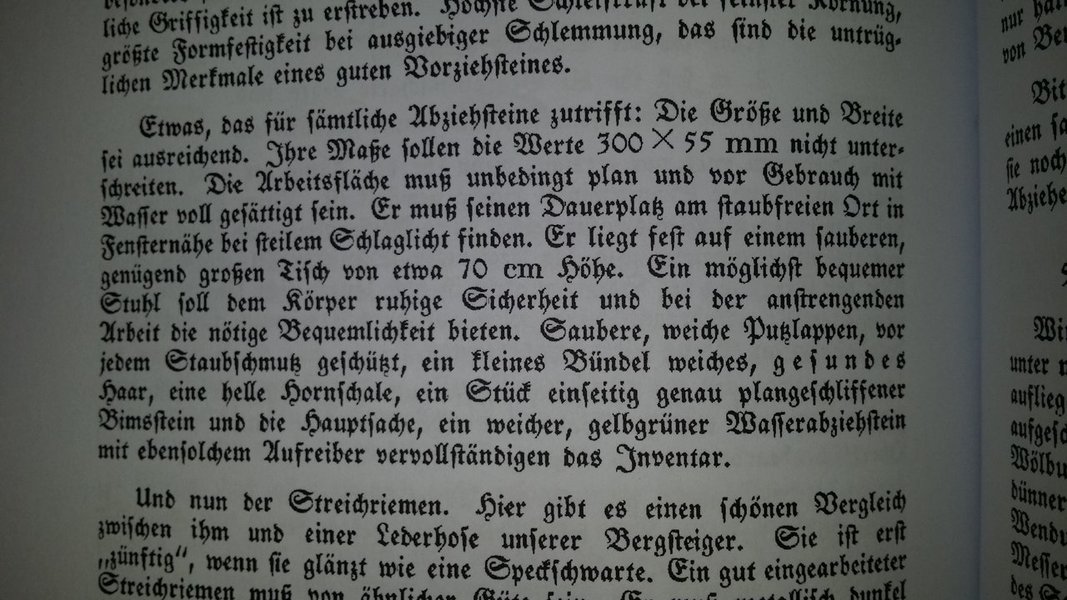Anyhow, what I see on the picture looks quite the same to the effect when using tape (or one layer more tape) on the finisher (like Setting a second bevel) Or am I wrong?
You are correct, but no tape have been used. Tape changes the bevel/facet angle by around 0.9 deg on a 7/8 razor. So you are able to keep the original steeper angle and at the same time get a little secondary bevel effect. This can give a cleaner edge. It also speeds up the process. Win win if you ask me.
Without getting into the Dovo edges. This is also what happens with the spinning disk, because it is not flat, and they approach it at an angle. You then get a slightly taller bevel, which makes it more flexible.
The deflection and flexibility of the bevel is to some degree governed by this formula:
L designates the length of the bevel, and is raised to the power of 3, which means that a small change will make a big difference in the flexibility.
Think of P as your hair pushing against the edge. You are not shaving like this, but that is not the point.
In I in the denominator d, which denotes the bevel thickness is also raised to the power of three. If this is reduced by a small amount you will have an effect.
When you combine these two factors you will notice a difference. If this difference is something you will benefit from, you have to decide for your self.
Flexibility alone does not get you anywhere, you also need a small radius at the apex, and the edge needs to be able to hold that shape.



